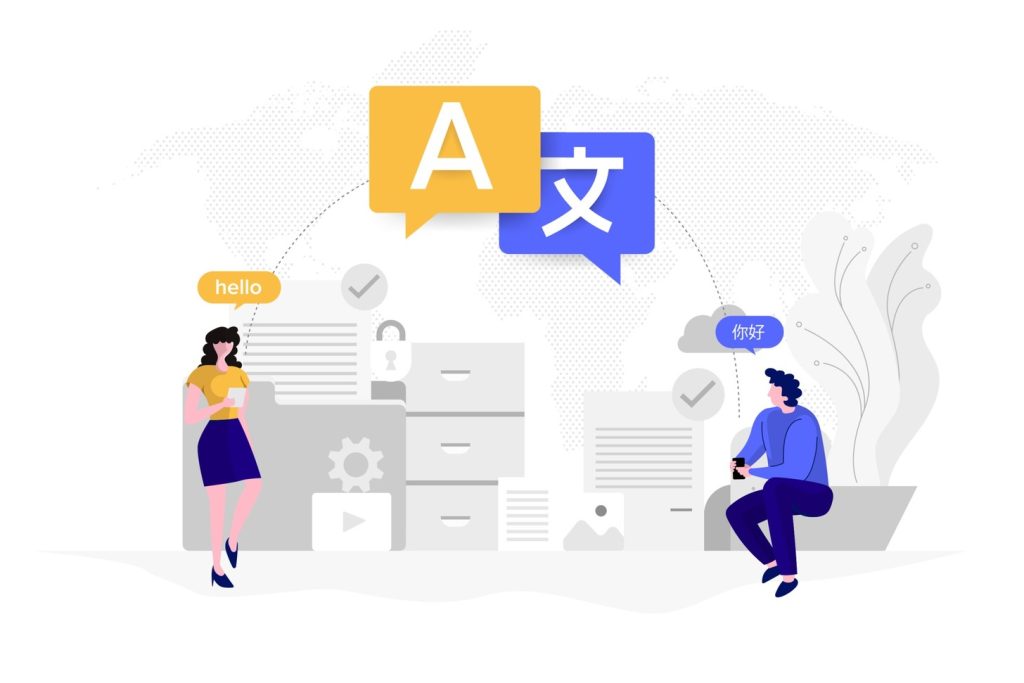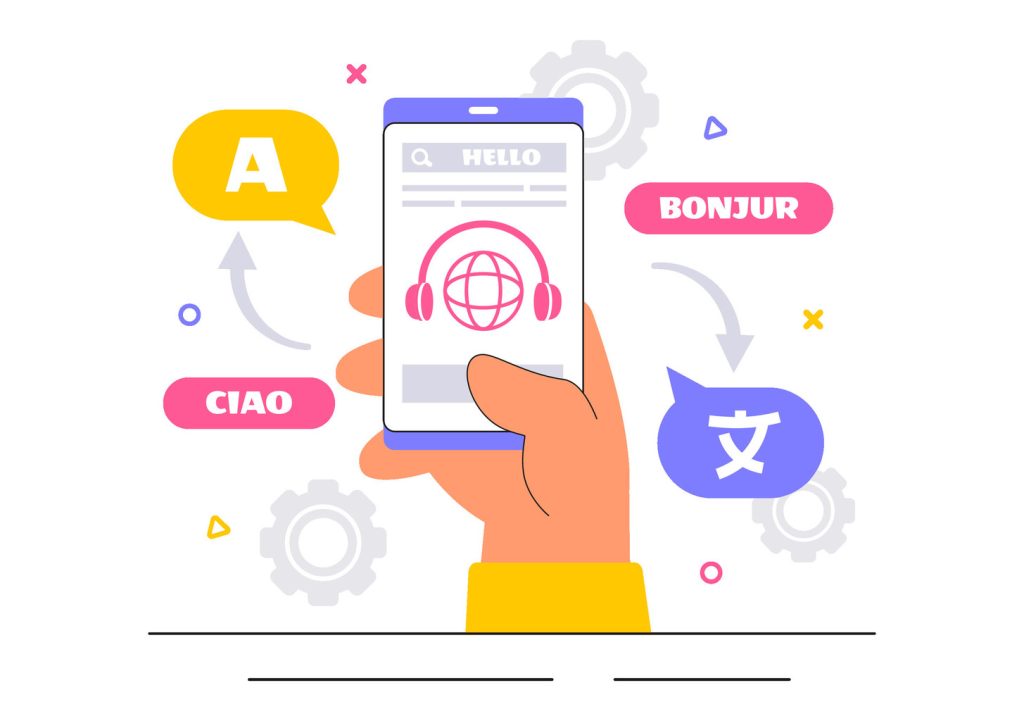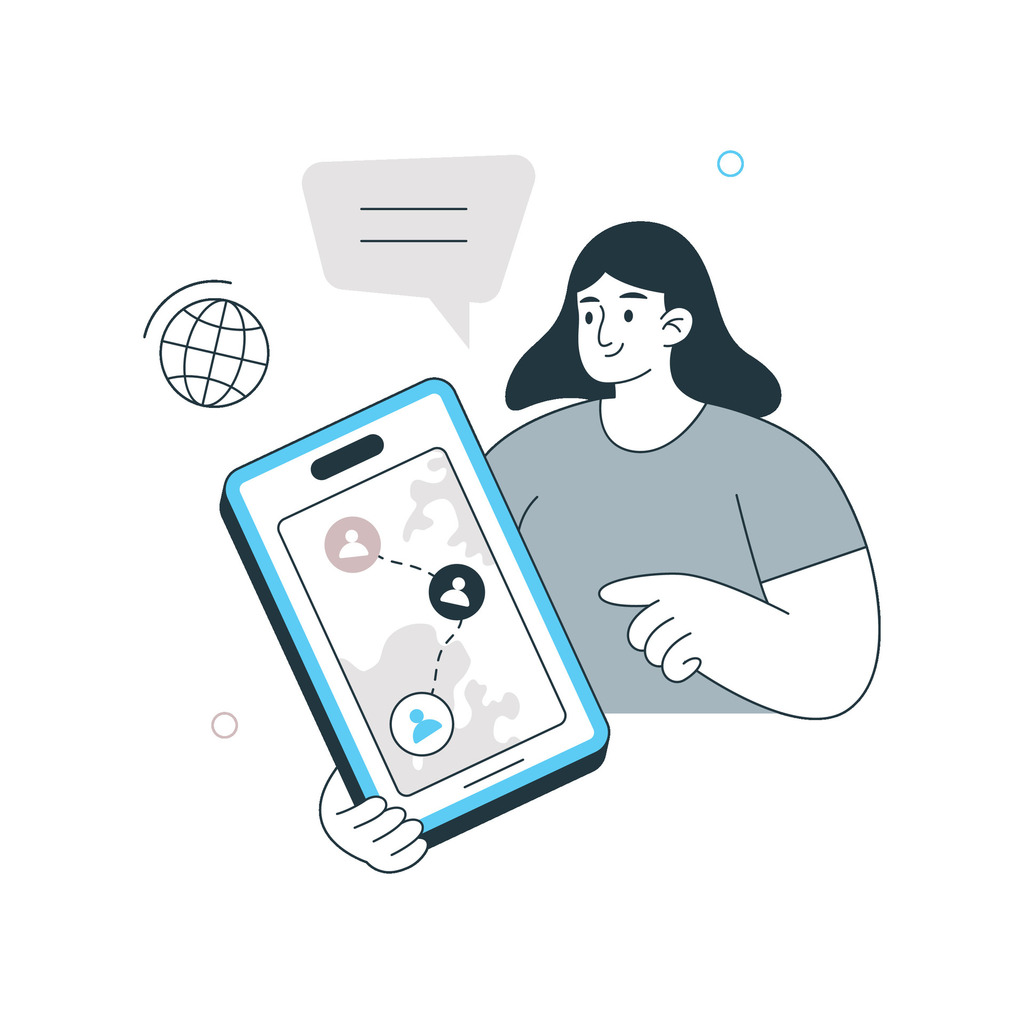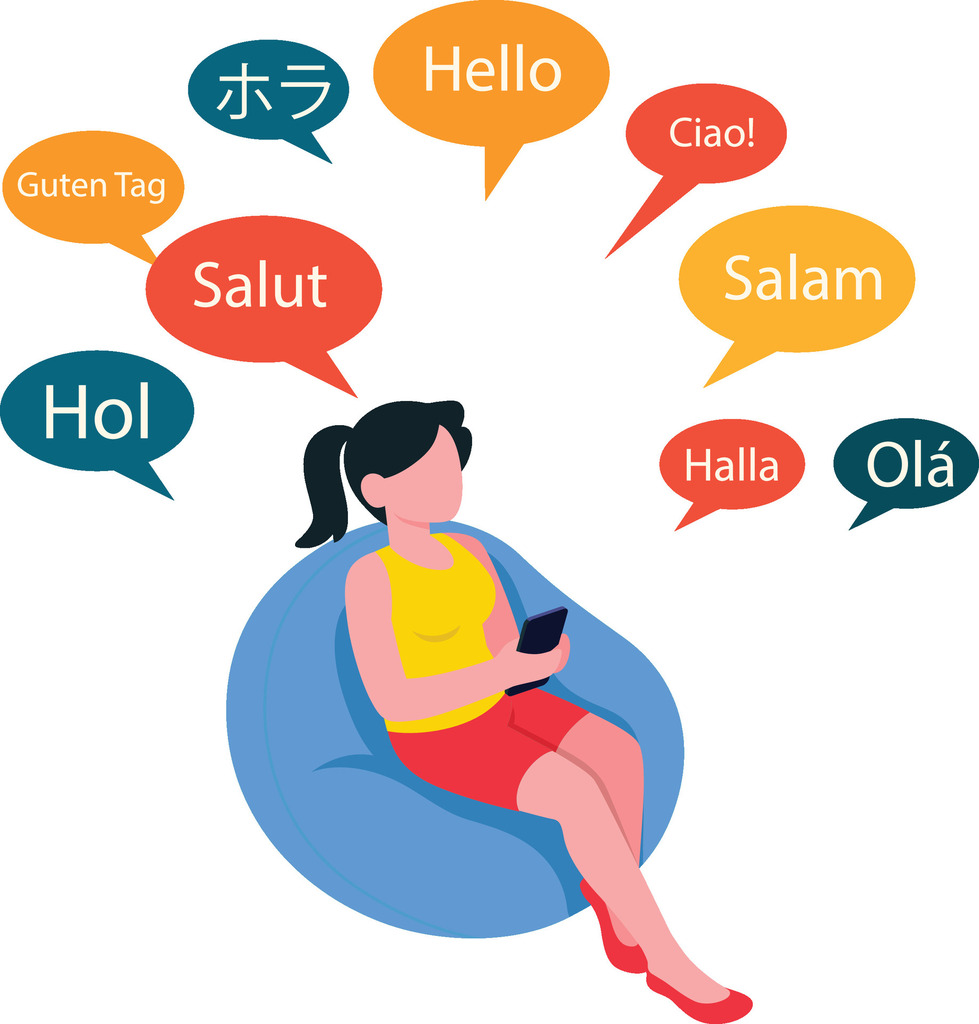Mastering Multilingual Support: An Ultimate Guide

Global businesses face a critical challenge: delivering seamless service to diverse audiences. Customer expectations now demand more than basic translation. Companies must eliminate language barriers entirely to retain loyalty and drive growth.
Modern customer support requires assistance in multiple languages as a core strategy. Research shows 96% of customers abandon brands after poor service experiences. Language gaps directly contribute to this churn, costing businesses market share and revenue.
True multilingual solutions go beyond word-for-word conversions. They incorporate cultural awareness, regional communication styles, and localized protocols. This approach builds trust and ensures customers feel understood—no matter their location or primary language.
This guide provides actionable strategies for building customer support systems that scale across borders. Learn how to align language-specific service with operational efficiency, cultural relevance, and measurable satisfaction metrics. Discover tools and techniques to turn communication challenges into competitive advantages.
Key Takeaways
- Language barriers directly impact customer retention and revenue growth
- Effective solutions require cultural adaptation, not just translation
- 96% of consumers abandon brands after negative service experiences
- Localized protocols outperform generic multilingual approaches
- Strategic implementation aligns with business growth objectives
The Role of Multilingual Support in Enhancing Customer Experience
Customers expect brands to speak their language—literally and culturally. When businesses bridge communication gaps, they unlock stronger connections and measurable growth. Research shows 78% of global buyers prioritize companies offering service in their preferred language.
Breaking Language Barriers for Global Customers
Miscommunication creates immediate friction. Customers facing language mismatches experience:
- 40% longer resolution times
- 34% higher frustration rates
- 2x likelihood of switching competitors
Native language interactions eliminate these pain points. A customer experience study found 89% of buyers trust brands more when agents use culturally appropriate phrases.
| Impact Area | With Language Support | Without Language Support |
|---|---|---|
| First-Contact Resolution | 72% | 48% |
| Satisfaction Scores | 4.8/5 | 3.1/5 |
| Repeat Purchases | 68% | 29% |
Boosting Customer Satisfaction and Retention
Language-inclusive service drives loyalty.
75% of B2B buyers confirm higher repurchase rates when post-sale care uses their native tongue
This strategy also cuts costs. Acquiring new customers costs 6-7 times more than retaining existing ones. Businesses prioritizing customer service in multiple languages see:
- 52% faster complaint resolution
- 63% higher lifetime value
- 41% lower churn rates
Emotional connections form when clients feel understood. These bonds transform one-time transactions into lasting partnerships.
Key Benefits of Multilingual Customer Service

Language accessibility directly influences purchasing decisions and brand trust. CSA Research reveals 76% of shoppers prioritize product information in their native tongue, while 40% abandon non-localized sites entirely. These preferences translate to measurable advantages for businesses that eliminate linguistic friction.
Increased Loyalty and Positive Brand Perception
A 5% boost in customer retention generates 25-95% profit growth through repeat purchases and reduced acquisition costs. Customer loyalty thrives when brands demonstrate cultural awareness:
“Customers are 68% more likely to recommend companies that resolve issues in their preferred language.”
- 83% higher net promoter scores for localized service
- 52% increase in social media referrals
- 3x faster crisis recovery through trusted communication
This strategic alignment elevates brand perception, positioning organizations as globally competent partners rather than transactional vendors.
Improved Conversion Rates and Market Reach
| Metric | Native Language Support | English-Only |
|---|---|---|
| Checkout Completion | 64% | 38% |
| Cart Abandonment | 21% | 57% |
| Upsell Success | 49% | 18% |
Real-time language interactions uncover regional preferences, enabling targeted product adaptations. Businesses gain customer satisfaction insights that drive innovation while outperforming single-language competitors by 41% in new market penetration.
Implementing Effective Multilingual Support
Operational excellence in global service demands strategic alignment between talent acquisition and resource architecture. Companies achieving 85%+ customer satisfaction scores invest in three core elements: culturally aware agents, adaptive training systems, and self-service infrastructure.
Recruiting and Developing Language Experts
Local-language specialists deliver 2.3x faster resolution times than generalists. Effective recruitment prioritizes:
- Bilingual fluency with regional dialect expertise
- Cultural context understanding for nuanced interactions
- Technical aptitude for CRM platforms
When building internal teams proves challenging, vetted regional partners maintain service quality. A 2024 CX Trends Report shows hybrid models reduce costs by 34% while improving first-contact resolution.
| Resource Model | Cost per Ticket | Satisfaction Score |
|---|---|---|
| In-House Team | $8.20 | 4.7/5 |
| Hybrid Approach | $5.90 | 4.5/5 |
| Full Outsourcing | $4.30 | 3.9/5 |
Architecting Self-Service Resources
54% of customers prefer solving issues through help articles before contacting agents. High-impact knowledge bases require:
- Professional translations with regional idiom adjustments
- Visual guides tailored to local learning preferences
- Continuous updates via user feedback loops
“Companies using AI-translated content with human edits achieve 92% accuracy at 40% lower costs than manual processes.”
Quality assurance protocols prevent misinformation. Monthly audits and native-speaker reviews maintain resource reliability across languages.
Leveraging Technology for Translation and Customer Engagement

Advanced translation technologies now enable businesses to break communication barriers at unprecedented speed and scale. These tools address the triple constraint of quality, speed, and cost—delivering accurate results while optimizing resources.
Real-Time Machine Translation and AI Chatbots
Neural machine translation tackles the classic project management dilemma—delivering high-quality results quickly without overspending. Modern systems process 5,000+ words per minute with 95% accuracy, slashing turnaround times by 80% compared to manual methods.
| Approach | Cost per 1k Words | Speed | Accuracy |
|---|---|---|---|
| Traditional | $150 | 48 hours | 82% |
| AI-Powered | $22 | 12 minutes | 94% |
AI chatbots equipped with real-time translation handle 73% of routine inquiries across 50+ languages. Zendesk users report 62% faster response times when integrating these solutions. The systems learn from customer interactions—improving context recognition by 15% monthly.
Using Translation Management Systems for Consistency
Centralized platforms like Smartling and Phrase streamline multilingual workflows. Key features include:
- Automated content routing to specialized translators
- Version control across 100+ file formats
- Real-time quality checks during editing
“Companies using TMS reduce localization errors by 68% while cutting project completion times by half.”
Integration with Salesforce Knowledge and HelpScout ensures updated help articles reach global audiences simultaneously. Hybrid models combining machine efficiency with human cultural expertise achieve 89% customer satisfaction—23% higher than fully automated systems.
Optimizing Multichannel Support for a Global Audience
Global customer interactions demand tailored communication strategies. Businesses must align channel selection with regional behaviors and operational realities to maintain service quality. The right mix of platforms reduces friction while respecting cultural norms and time constraints.
Adapting Communication Channels Across Time Zones
Peak engagement hours vary significantly by region. Companies using time zone optimization achieve 38% faster response rates than those with fixed schedules. Effective strategies include:
- Staffing shifts aligned with regional business hours
- Automated routing for urgent after-hours inquiries
- Clear SLA displays showing local response times
| Region | Peak Support Hours | Preferred Channel |
|---|---|---|
| North America | 9 AM – 5 PM EST | Email (62%) |
| Brazil | 10 AM – 7 PM BRT | WhatsApp (81%) |
| India | 11 AM – 8 PM IST | Live Chat (74%) |
Engaging Customers via Email, Chat, and Social Media
Asynchronous communication dominates global markets. Email handles 53% of non-urgent cases, while live chat resolves issues 2.4x faster than phone support. Regional platform preferences require flexible approaches:
“Brands using localized social media support see 41% higher engagement than those relying solely on traditional channels.”
| Platform | Response Time | Resolution Rate |
|---|---|---|
| 6.2 hours | 88% | |
| Live Chat | 3.1 minutes | 92% |
| Social Media | 1.8 hours | 79% |
Cross-channel integration ensures seamless transitions between platforms. Customers switching from email to chat experience 68% faster resolutions than those restarting conversations.
Overcoming Challenges in Building a Multilingual Support System

Expanding global operations introduces complex hurdles requiring strategic resource management. Businesses must balance talent acquisition costs with technology investments while maintaining service quality across regions.
Solving Talent and Technology Gaps
Building global service teams demands specialized recruitment. Only 23% of applicants combine language fluency with technical expertise—especially for niche dialects. Effective solutions include:
- Hybrid staffing models blending in-house experts with regional partners
- Automated skill assessments for industry-specific terminology
- Phased technology adoption to minimize integration risks
| Approach | Cost Efficiency | Quality Score |
|---|---|---|
| Full In-House | Low | 4.8/5 |
| Hybrid Model | High | 4.6/5 |
| Complete Outsourcing | Medium | 3.9/5 |
Ensuring Consistent Service Standards
Cultural missteps damage 68% of customer relationships according to a 2024 CX study. Successful teams implement:
“Three-layer quality checks reduce translation errors by 84% while preserving regional communication styles.”
Real-time glossaries and dialect-specific training maintain accuracy. Businesses entering new markets should prioritize quality over speed—localized knowledge bases improve first-contact resolution by 41% compared to rushed translations.
Conclusion
Forward-thinking organizations treat language diversity as a strategic asset rather than an operational hurdle. Businesses that master multilingual customer interactions secure lasting advantages in global markets—from increased loyalty to accelerated expansion.
Every company targeting international growth must prioritize language capabilities. Whether scaling startups or established enterprises, aligning support teams with regional needs drives measurable results. Successful strategies combine skilled bilingual specialists, AI-enhanced translation tools, and quality-controlled knowledge bases.
Key implementation steps deliver clear returns. Hiring agents fluent in different languages and cultural norms builds authentic connections. Integrating real-time translation technology maintains service speed without sacrificing accuracy. Regular audits ensure content resonates locally while meeting brand standards.
These efforts compound into competitive gains. Companies excelling in cross-cultural communication report 63% higher customer lifetime value and 41% lower churn. They outpace rivals by converting language barriers into trust-building opportunities—proving cultural adaptation isn’t optional in today’s borderless economy.

